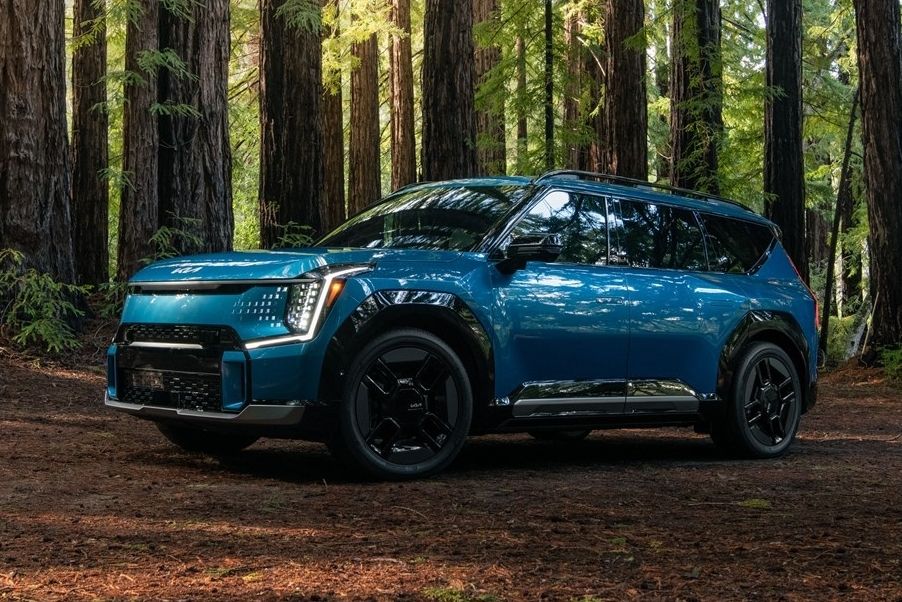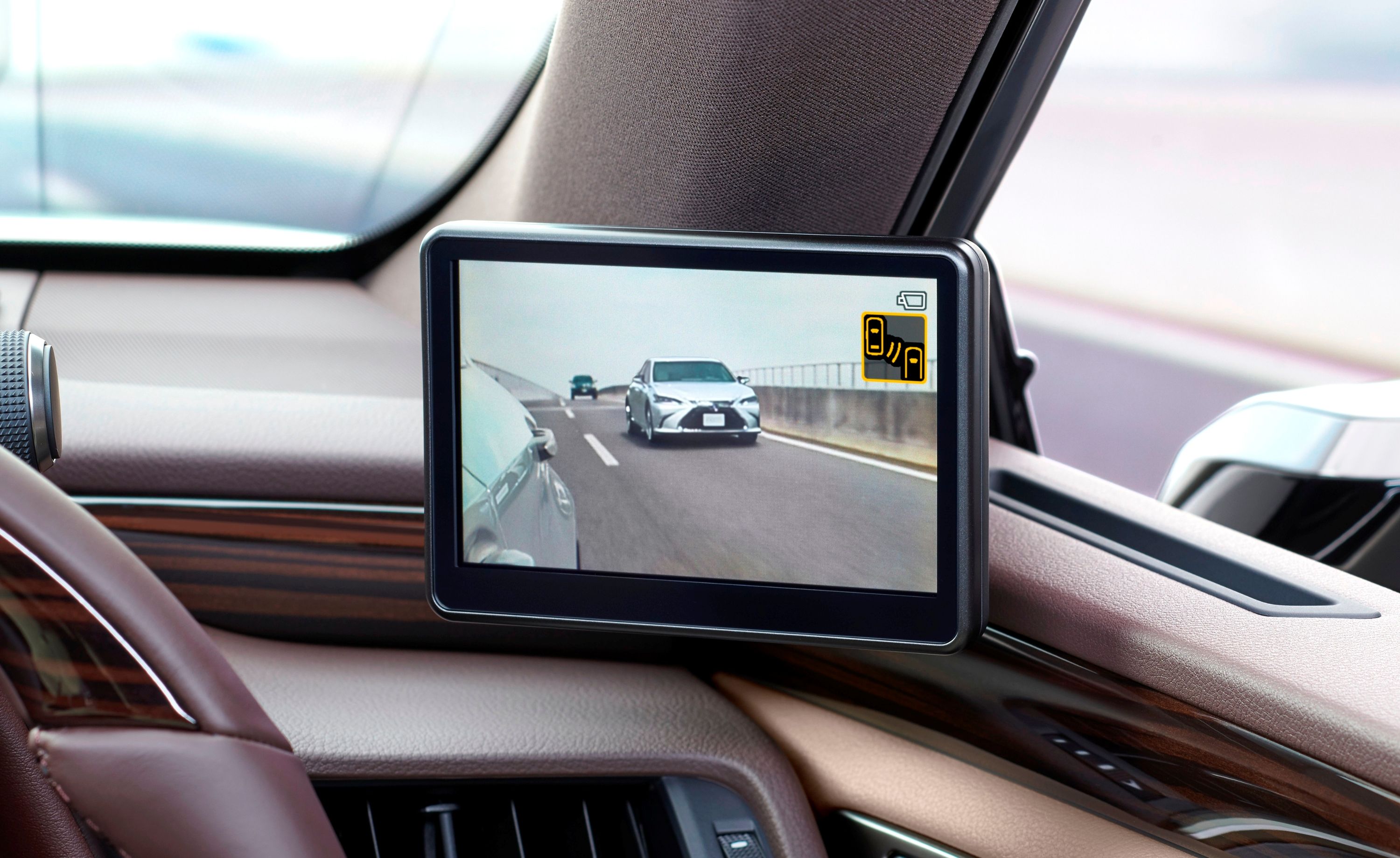
Hyundai and Kia have filed a patent with the United States Patent and Trademark Office for an interior display linked to a rearview camera. While this technology already exists from the likes of Audi and Lexus as a replacement for physical exterior rearview mirrors, the Korean design takes the tech a couple of steps further.
While interior camera displays such as those found in the Kia Concept EV9 (the feature didn't make it into the production EV9) are generally mounted in the same position near the base of the A-pillars, this patent describes an adaptable display that is sited inside the door trim when not in use but can rise from the door trim when needed.
As we'll discover, there are several benefits to this technology.
Without traditional exterior door mirror housings, the aerodynamic properties of the relevant vehicle are enhanced, and wind noise is reduced. But it's inside where the significant advantages of Hyundai's novel display can be found.
In an autonomous future, vehicle interiors will need to change depending on whether the car is being driven or if it's driving itself, be it seats that move around or major controls that don't have a static position. We've already seen steering wheel designs that can retract from sight when not used. Similarly, by disappearing into the door trim, Hyundai's rearview display won't take up any space when not in use by the driver, allowing occupants to use that space for other purposes. The risk of damage to the display is also lessened when it is stored out of the way.
Below, we can see the camera-based mirror display inside the door and when it pops out.
Hyundai also pointed out that in an autonomous vehicle where a driver is "freed from a steering wheel," the importance of access to infotainment displays will be increased, and a permanent rearview camera display that can't be moved could potentially hinder access to infotainment displays.
If the rearview camera display can't be retracted, as is currently the case, its size may also be limited. In turn, this would limit visibility for the driver. However, a retractable display, as in Hyundai's patent, can be quite large since it won't permanently intrude into the cabin environment.
Finally, Hyundai says that the camera mirror will be capable of being rotated, again giving drivers the best possible view from their preferred driving position.
Of course, the typical door of a vehicle is responsible for other functions like housing a speaker, so doing this while also sometimes incorporating the display could be a challenge. Hyundai has thought about this, too, and says that a speaker could be mounted on the rear side of the display panel as well, giving this camera mirror a dual function.
Assuming these displays reach production, we expect EVs like the Hyundai Ioniq 7 and Kia EV9 to be the first to benefit and possibly smaller EVs like the EV6. Then again, the USA doesn't currently allow the simpler fixed-position camera mirrors found in some new cars, so the same red tape will likely apply to Hyundai and Kia's design. That said, the National Highway Traffic Safety Administration has already put into motion a process to test and possibly allow camera-based rearview systems.
While the mechanism sounds like another part that would incur a hefty repair bill as the car ages, the benefits in an autonomous future are clear.

